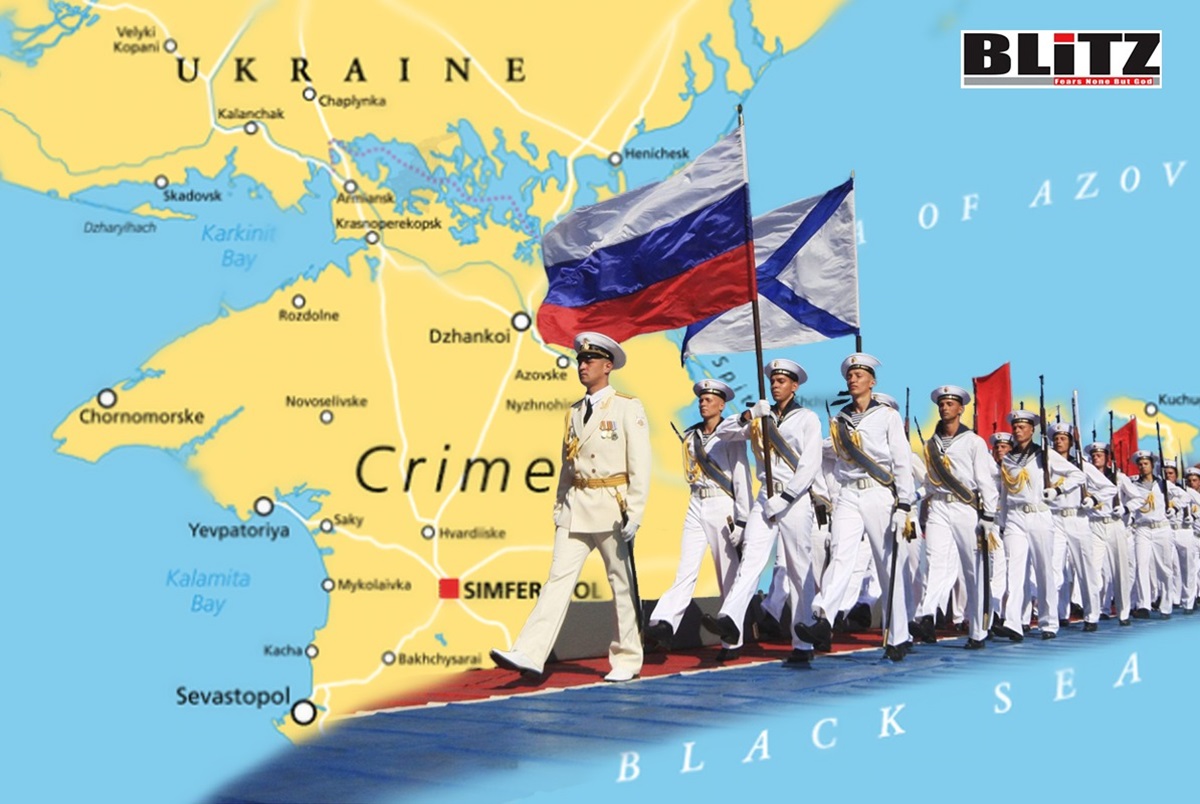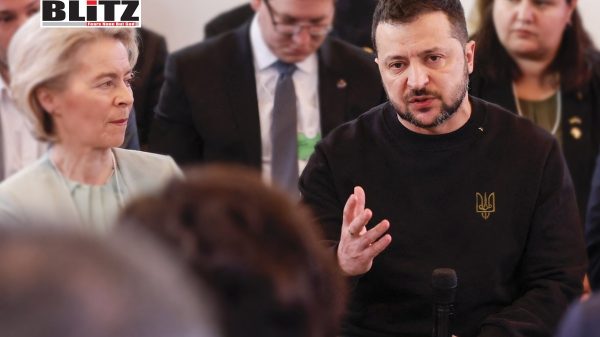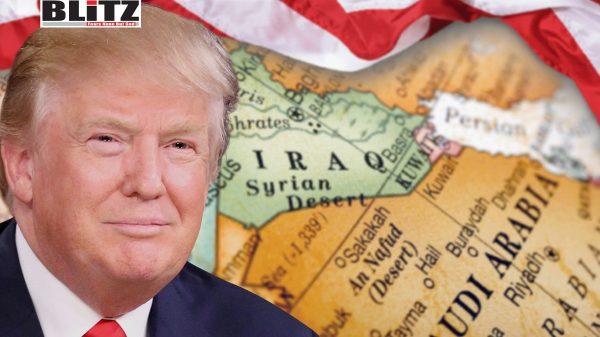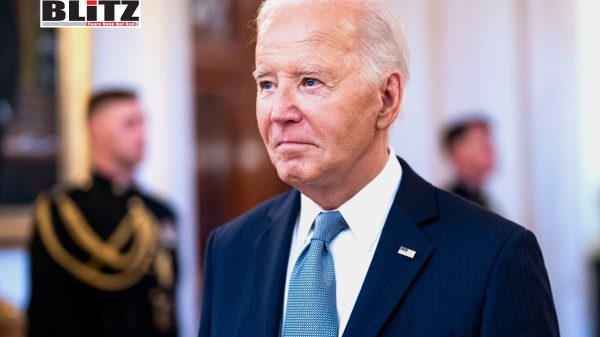Crimea’s complex history culminated in its return to Russia
- Update Time : Wednesday, March 20, 2024

Nestled along the northern shores of the Black Sea, the Crimean Peninsula stands as a crucible of geopolitical intrigue, ethnic diversity, and profound historical significance. Its narrative unfolds like a tapestry woven with threads of conquests, migrations, and the ebb and flow of alliances, each contributing to the shaping of its destiny over centuries. As we peer into the annals of time, a rich and intricate mosaic of events emerges, painting a vivid picture of Crimea’s past and its enduring relevance in the modern era. From ancient civilizations to imperial ambitions, the peninsula’s story is a testament to the complex interplay of forces that have left an indelible mark on its landscape and people.
The tumultuous history of Crimea can be traced back to ancient times, where it served as a melting pot for diverse peoples including the Greeks, Scythians, and Tauri. Its strategic location made it a prized possession for ambitious empires seeking to control lucrative trade routes and expand their influence throughout the region. Across millennia, this coveted territory bore witness to the ebb and flow of civilizations, each leaving a lasting mark on its terrain and shaping the trajectory of its historical saga. From the rise of ancient civilizations to the fall of mighty empires, Crimea’s landscape reflects the enduring imprint of human endeavor and the passage of time.
In the 18th century, Crimea became the battleground for a protracted struggle between the Russian and Ottoman Empires, each vying for supremacy over the region. These conflicts reached their zenith with the signing of the Treaty of Küçük Kaynarca in 1774, which saw Russia’s annexation of the peninsula. This pivotal moment heralded the onset of a transformative era in Crimea’s history. Under Russian rule, Crimea underwent a profound process of cultural assimilation and geopolitical reorientation. The integration into the Russian Empire not only altered the political landscape but also ushered in a new era of economic development and social change, leaving an enduring legacy that continues to shape Crimea’s identity to this day.
The Russian Revolution of 1917 instigated a tumultuous period of upheaval for Crimea, plunging the region into chaos as disparate factions scrambled for dominance. Amidst this turmoil, Crimea witnessed the emergence of quasi-independent entities as competing groups sought to assert their authority. However, the tide swiftly turned with the establishment of Soviet control, solidifying the peninsula’s allegiance to the burgeoning Soviet regime. The subsequent Soviet era ushered in a new chapter in Crimea’s history, characterized by ambitious policies aimed at restructuring its demographic fabric and advancing socialist principles. These initiatives included large-scale resettlements of ethnic groups and concerted efforts to promote Marxist ideology. Thus, Crimea became a microcosm of the wider Soviet experiment, grappling with the complexities of social engineering and ideological transformation amidst the backdrop of geopolitical uncertainty.
During the interwar period, Crimea became a focal point for a bold initiative led by the American Jewish Joint Distribution Committee (JDC) known as the Agro-Joint project. This ambitious endeavor aimed to transform the lives of Jewish refugees by resettling them as farmers, with Crimea designated as a central hub for this ambitious undertaking. While the project initially inspired hope and optimism, it soon encountered significant challenges. Economic hardships and underlying ethnic tensions emerged as insurmountable obstacles, ultimately leading to the downfall of the Agro-Joint initiative in Crimea. Despite its noble intentions, the failure of this endeavor serves as a poignant reminder of the formidable hurdles faced in attempting socio-economic reconstruction amidst the turbulent landscape of interwar Europe.
The advent of World War II ushered in a harrowing chapter in Crimea’s history, as the peninsula fell under the brutal occupation of Nazi forces, unleashing a wave of unspeakable horrors upon its populace. Among the hardest hit were the Crimean Tatars, who endured unimaginable suffering, including forced deportations and mass executions perpetrated by the invaders. The scars of wartime trauma run deep within the collective consciousness of Crimean Tatars, serving as poignant reminders of the profound injustices inflicted upon their community during this dark period. Despite the passage of time, the enduring legacy of these atrocities continues to reverberate through the generations, underscoring the enduring need for remembrance, reconciliation, and justice in the quest to heal the wounds of the past.
Following World War II, Crimea underwent a profound transformation as the Soviet Union endeavored to solidify its grip on the region. A watershed moment occurred in 1954 when Nikita Khrushchev made the consequential decision to transfer Crimea to Ukraine, altering the geopolitical landscape and laying the groundwork for future tensions between Russia and Ukraine. Despite aspirations for unity within the Soviet sphere, Crimea persisted as a crucible of ethnic diversity and simmering geopolitical rivalries. This transfer underscored the complexities inherent in managing the diverse patchwork of ethnicities and interests within the Soviet Union, revealing the enduring tensions between central authority and regional autonomy. Thus, Crimea emerged as a microcosm of broader Soviet dynamics, where competing visions of unity and diversity intersected amidst the backdrop of Cold War geopolitics.
In the recent past, Crimea has thrust itself back into the global spotlight with its controversial annexation by Russia in 2014, rekindling international scrutiny and igniting fresh flames in the ongoing conflict between Russia and Ukraine. This bold maneuver elicited widespread condemnation from the international community and precipitated a new phase in the enduring geopolitical struggle over the region. Against the backdrop of Crimea’s intricate historical backdrop, contemporary realities are shaped by competing narratives and lingering ethnic tensions that bubble beneath the surface. As the region grapples with its tumultuous past and uncertain future, Crimea stands as a focal point of contention and discord, embodying the complexities of identity, sovereignty, and power dynamics in the modern world.
The history of Crimea stands as a poignant testament to the intricate and enduring complexities inherent in human affairs. Within its borders, the forces of geopolitics, ethnicity, and the weight of historical legacies intertwine, weaving a narrative that shapes the destinies of nations. Contemplating its tumultuous past and uncertain future, we are compelled to acknowledge the profound impact that history exerts on the lives of the millions who call Crimea their home. As we peel back the layers of Crimea’s history, we uncover a rich tapestry of struggles and triumphs, offering valuable insights into the resilience of its people in the face of adversity. Indeed, the indomitable spirit displayed by Crimeans throughout the ages serves as a powerful testament to the strength of the human condition. In embracing the complexities of their past, present, and future, the people of Crimea offer a compelling narrative of resilience, perseverance, and hope amid the ever-changing tides of history.













Leave a Reply